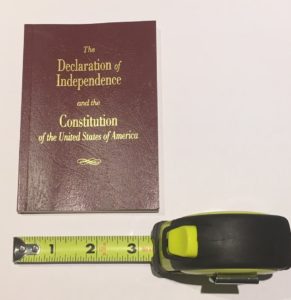I grew up just as silent movies were going out of vogue. TV had not been invented yet for the masses, and I would go to the movie theatre in part to get out of the heat (they advertised “ice-cold air” inside because they did that with air handlers that were loaded with actual blocks of ice. And, for those of you who love trivia, that is where we get the expression tons of AC load since this was the number of tons of ice that the air handler would melt in a 24 hour period of operation.
The title of this blog comes from the period of silent movies when the admonition for good film making was to be careful not to bore the audiences with long plot lines and forcing everyone to read so many subtitles. Wikipedia reports that this originated with inexperienced screenwriters or directors who would pad the film with unnecessary dialogue (lots of subtitles). This bored the audience and prolonged the time before the exciting chase scene. Cut to the chase was a phrase used by movie studio executives to mean that the film should get to the interesting scenes without unnecessary delays. The phrase is now widely used, and means “get to the point.”

I recently received a copy of the Declaration of Independence and the Constitution of the United States through the mail. My initial thought was this must be in 5 point type but no, it is entirely legible. My thought behind that was “well this must be some kind of synopsis of these documents” … after all … with all the talk about the Constitution, this can’t possibly include all of it including the amendments! Wrong again … it was all in there.
So, I started to read it again after all these years since elementary school civics classes. Wow. This was “succinct” writing for sure. I thought I wrote in a densely packed format. These documents exemplify cutting to the chase. Yes, this style can leave some wiggle room for interpretation, but in general, it was very clearly written. The spirit of the law seems eminently clear, especially when these documents are taken together and presented sequentially.
For the record, the Constitution has about 7,600 words which can be read by most people in 30 minutes and could be printed on 15 pages including all the amendments. If someone was to read it to you it would take less than one hour. Contrast that with what our elected officials write (or more correctly what the lobbyists behind the legislation write) which amasses typically to more than 1,000 pages for bills to cover issues such as health care, climate, etc. How can anyone be expected to read such large documents to know for sure what is buried within each in the fine print?
Since I write a lot, I am constantly reminded of the admonition from Mark Twain: “I didn’t have time to write you a short letter, so I wrote you a long one!” Perhaps it is that level of care when cutting to the chase that shows you truly value to reader’s perspective.
